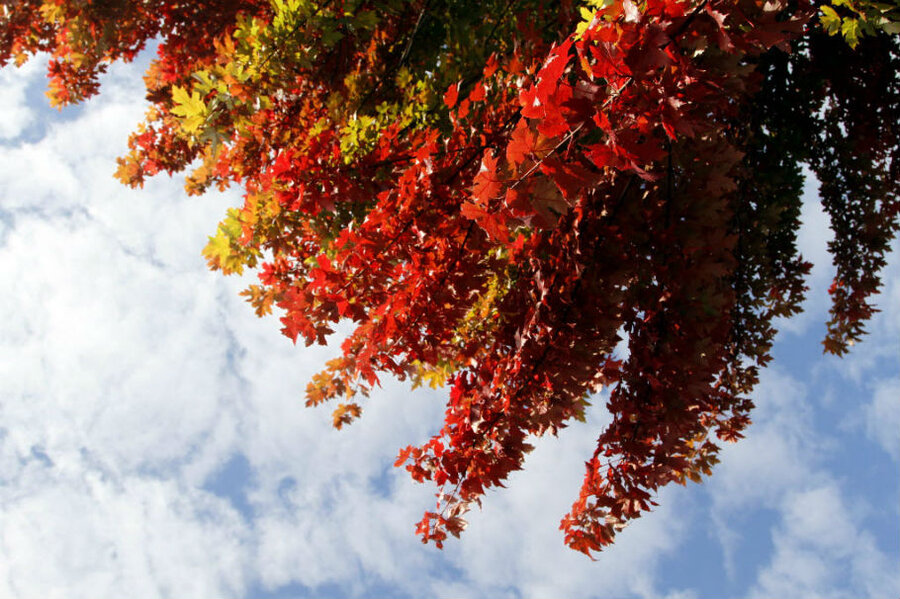First day of autumn: Why do we celebrate equinoxes anyway?
It’s that time of year again, the changing of the seasonal guard is upon us.
Beginning Monday night – around 10:29 pm EDT, to be precise – the Earth will reach a point in its orbit known as the equinox, where the sun shines directly on the equator, favoring neither the Northern nor Southern Hemisphere. For just one day, both hemispheres of the Earth experience 12 hours of daylight and 12 hours of darkness, before parting temporal ways.
For the 90 percent of humanity living north of the equator, the autumnal equinox ushers in crisper days and longer nights. For those in the Southern Hemisphere, the vernal equinox means the promise of spring. Six months from now, the equinox will once again equalize the distribution of the sun’s rays for one day only, before launching the Northern Hemisphere into spring and the Southern Hemisphere into autumn.
Throughout human history people have been fascinated by both the spring and fall equinoxes. Long before the advent of telescopes and other modern astronomical observation equipment, ancient peoples erected physical monuments to track the Earth’s orbit around the sun.
The great sandstone monoliths at Stonehenge in southern England are said to mark the autumn and spring equinoxes, as well as the summer and winter solstices, the longest and shortest days of the year respectively.
Many historians believe the massive rock formation was erected under the supervision of astronomer-priests as an astrological calendar to alert ancient people of the optimal time to begin planting, harvesting, and breeding cattle.
More than 5,000 miles away, the ancient Mayans constructed their own celestial calendar on a limestone plateau in the northern region of Mexico’s Yucatan Peninsula. At the center of Cichén Itzá – once a major Mayan metropolis – a four-sided stone pyramid known as El Castillo reaches 79 feet up into the heavens.
More than 1,000 years after its construction, thousands of people still gather around El Castillo during the equinox to witness a mesmerizing trick of light and shadow. As the sun sets, a series of triangular shadows align in such a way that a diamond-backed snake appears to slither down the stairway of the pyramid.
Halfway around the world, some Aboriginal Australians appear to have also used rock formations to observe Earth’s orbital milestones. An egg-shaped ring of more than 100 basalt boulders appears to mark the equinoxes and solstices. Archaeologists, astronomers, and Aboriginal advisors have only recently begun to delve into the significance of this formation, which is believed to have been created by the Wadda Wurrung people.
Many ancient pagan religions held ritual celebrations and sacrifices around both equinoxes. Some historians believe that Christian Easter and the Feast of St. Michael (Sept. 29) were originally scheduled to coincide with these established festivals.






